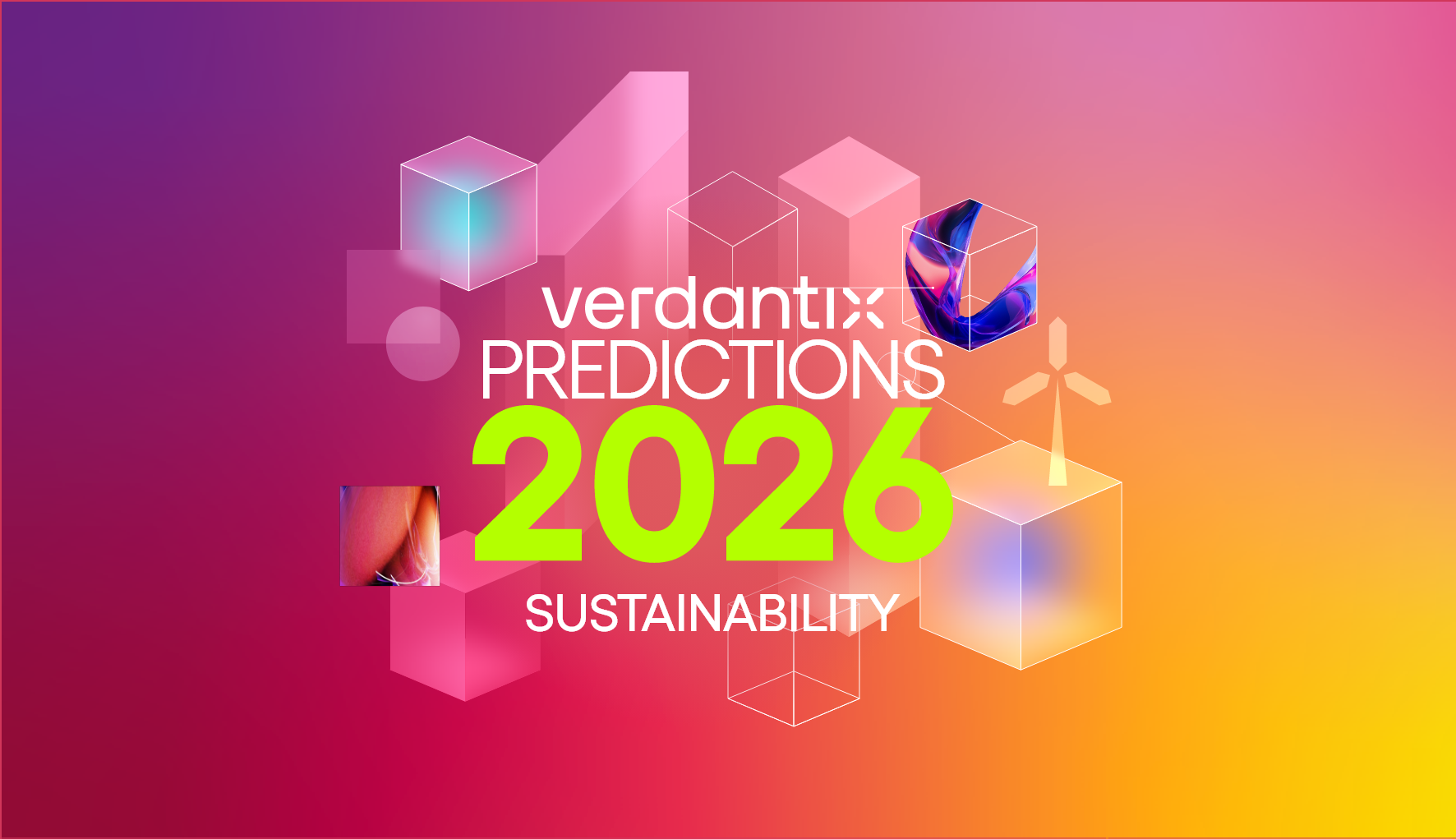Strategic Focus: Understanding ESG And Sustainability Regulations In Brazil
04 Feb, 2025
Access this research
Access all Corporate Sustainability Leaders content with a strategic subscription or buy this single report
Need help or have a question about this report? Contact us for assistance
Executive Summary
Brazil’s economy is heavily intertwined with its vast natural resources and immense biodiversity, and protecting these resources is crucial for the country’s future growth and success. Over the past two years, Brazil has ramped up its commitments to improve its environmental impact and has passed regulations aimed at making these commitments a reality. The country is also addressing some of its other major challenges, such as inequalities in the workplace and poor labour conditions. This report provides executives with an overview of the recent shifts in the Brazilian sustainability landscape and the actions they can take to best prepare for these changes.
Summary for decision-makers
Brazil is strengthening and expanding its ESG and sustainability requirements
The country’s environmental commitments reflect the complicated relationship between biodiversity and climate
Regulations play a crucial role in demonstrating progress towards the country’s environmental commitments
Efforts are emerging to address some of the social challenges facing firms in Brazil
Firms in Brazil should not delay in preparing for evolving sustainability standards
Brazil is strengthening and expanding its ESG and sustainability requirements
The country’s environmental commitments reflect the complicated relationship between biodiversity and climate
Regulations play a crucial role in demonstrating progress towards the country’s environmental commitments
Efforts are emerging to address some of the social challenges facing firms in Brazil
Firms in Brazil should not delay in preparing for evolving sustainability standards
Figure 1. Key plans and regulations to improve land use in Brazil
Figure 2. Core legislation and incentives geared towards renewable energy
Figure 3. Comparison of Brazil’s adoption of the ISSB standards with the requirements of the CSRD
Figure 4. Overview of Brazil’s regulated carbon credit market regulation
Figure 2. Core legislation and incentives geared towards renewable energy
Figure 3. Comparison of Brazil’s adoption of the ISSB standards with the requirements of the CSRD
Figure 4. Overview of Brazil’s regulated carbon credit market regulation
ADM, Ambipar, APlanet, BCG, Brazilian Association of Entities of the Financial Market (ANBIMA), Brazilian Development Bank (BNDES), Brazilian Private Insurance Authority, Brazilian Securities and Exchange Commission (CVM), Brazilian Stock Exchange (B3), Bunge, BYD, Cargill, Central Bank of Brazil, Electrobas, Ellen MacArthur Foundation, ENGIE Brasil Energia, Federal Senate (Brazil), Federation of the Industries of the State of Minas Gerais (FIEMG), International Sustainability Standards Board (ISSB), International Trade Administration (ITA), Ministry of Finance (Brazil), Ministry of Labor and Employment (Brazil), National Agency of Petroleum, National Confederation of Industry (CNI), National Congress (Brazil), National Council for Self-Regulation in Advertising (CONAR), National Monetary Council (Brazil), Natural Gas and Biofuels (ANP), SINAI Technologies, Supreme Court (Brazil), Task Force on Climate-related Financial Disclosures (TCFD), UN, UN Development Programme (UNDP), US Department of Labor, Vale, Valor International, WayCarbon
About the Authors

Jessica Pransky
Principal Analyst
Jessica is a Principal Analyst at Verdantix, specializing in providing insights to sustainability leaders and analysing ESG and sustainability reporting software. She advises ...
View Profile
Kim Knickle
Research Director
Kim Knickle is a Research Director at Verdantix, bringing more than two decades of analyst experience to the evolving world of sustainability. Her current research spans ESG a...
View Profile




